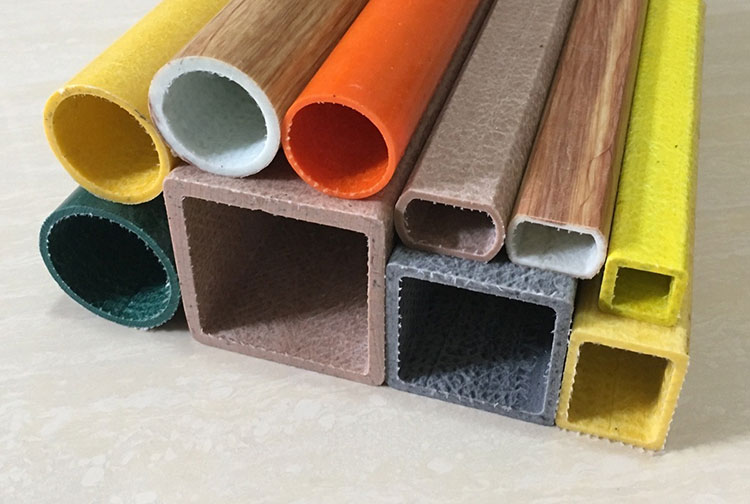Fiberglass Reinforced Plastic (FRP) profiles have become increasingly popular in various industries due to their exceptional strength, corrosion resistance, and versatility. However, with a wide range of options available, choosing the right FRP profile for your specific application can be daunting. This guide will walk you through the key factors to consider when selecting FRP profiles.
Understanding FRP Profiles
FRP profiles are manufactured through a process called pultrusion, where continuous fiberglass rovings are pulled through a heated die filled with resin. The result is a strong, lightweight, and corrosion-resistant profile with a consistent cross-sectional shape. FRP profiles offer a wide range of benefits compared to traditional materials such as steel and aluminum, including:
Corrosion resistance: Ideal for harsh environments exposed to chemicals, moisture, and saltwater.
High strength-to-weight ratio: Provides excellent structural performance while minimizing weight.
Electrical insulation: Non-conductive, making them suitable for electrical applications.
Dimensional stability: Resistant to warping, twisting, and shrinking.
Design flexibility: Can be customized to meet specific requirements.
Factors to Consider When Choosing FRP Profiles
Application:
Chemical resistance: If the profile will be exposed to chemicals, select a resin system with the appropriate chemical resistance.
Load-bearing capacity: Ensure the profile can withstand the anticipated loads, considering factors like span, weight, and environmental conditions.
Environmental conditions: Account for factors like temperature extremes, UV exposure, and humidity.
Electrical properties: If electrical conductivity or insulation is a concern, choose a profile with the appropriate electrical properties.
Material Properties:
Resin system: The type of resin used (e.g., polyester, epoxy) affects the profile's chemical resistance, mechanical properties, and cost.
Reinforcement: The type and amount of fiberglass reinforcement influence the profile's strength, stiffness, and weight.
Surface finish: Consider the desired surface finish, such as smooth, textured, or non-slip, for specific applications.
Profile Shape and Size:
Cross-sectional shape: Choose a profile shape that matches the structural requirements of your application, such as I-beams, channels, or angles.
Dimensions: Select the appropriate dimensions (width, height, and wall thickness) to meet the load-bearing and dimensional requirements.
Manufacturing Process:
Pultrusion: Most FRP profiles are produced through pultrusion, but other methods like hand lay-up or resin transfer molding may be used for complex shapes.
Quality control: Ensure the manufacturer has a robust quality control system in place to guarantee consistent product quality.
Cost:
Material costs: Consider the cost of the resin, fiberglass, and any additives used in the manufacturing process.
Labor costs: Factor in the costs associated with manufacturing, finishing, and shipping the profiles.
Installation costs: Account for the costs of installation, including labor, equipment, and any necessary hardware.
Common Applications of FRP Profiles
Construction: Roofing, cladding, flooring, and structural components.
Industrial: Chemical processing equipment, tanks, and piping.
Marine: Docks, piers, and boat hulls.
Transportation: Truck bodies, railway carriages, and bus components.
Electrical: Electrical enclosures, insulators, and cable trays.
Selecting the Right Supplier
When choosing a supplier for FRP profiles, consider the following:
Experience: Look for a supplier with extensive experience in manufacturing FRP profiles.
Customization: Determine if the supplier can customize profiles to meet your specific requirements.
Quality control: Inquire about the supplier's quality control measures to ensure product consistency and reliability.
Technical support: Seek a supplier that offers technical support and can assist with product selection and design.
Conclusion
Selecting the appropriate FRP profile for your project requires careful consideration of various factors, including the application, material properties, and manufacturing process. By working closely with a reputable FRP manufacturer, you can ensure that your project benefits from the outstanding properties of FRP profiles, such as corrosion resistance, strength, and durability.
Since 2005 / One stop supplier

 +86 15303735673
+86 15303735673 Jessica@frpzs.com
Jessica@frpzs.com Technical Data
Technical Data












